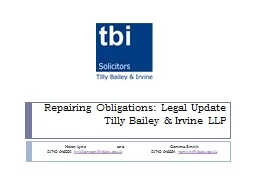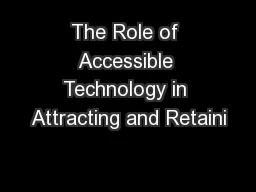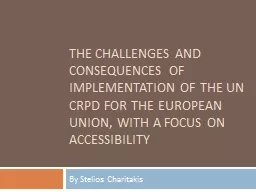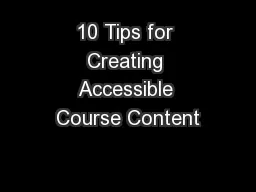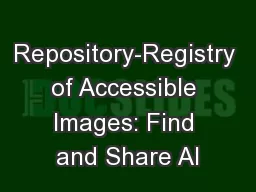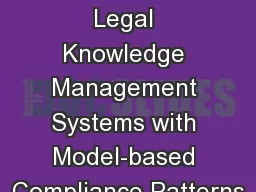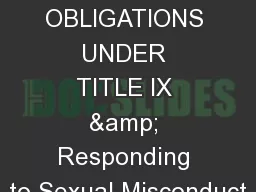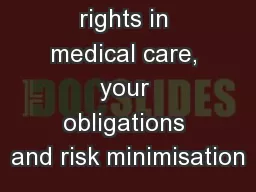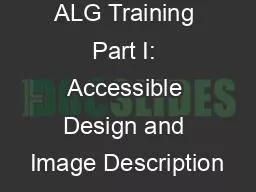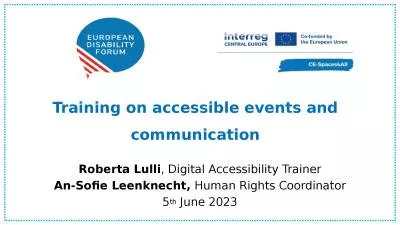PPT-Accessible Events How to Ensure Legal Rights and Compliance Obligations:
Author : messide | Published Date : 2020-06-16
Exploring the Rights of Employees and Participants and the Obligations of Nonprofit Organizations Under the Law Equity and Access Webinar Series Partners BoardSource
Presentation Embed Code
Download Presentation
Download Presentation The PPT/PDF document "Accessible Events How to Ensure Legal Ri..." is the property of its rightful owner. Permission is granted to download and print the materials on this website for personal, non-commercial use only, and to display it on your personal computer provided you do not modify the materials and that you retain all copyright notices contained in the materials. By downloading content from our website, you accept the terms of this agreement.
Accessible Events How to Ensure Legal Rights and Compliance Obligations:: Transcript
Download Rules Of Document
"Accessible Events How to Ensure Legal Rights and Compliance Obligations:"The content belongs to its owner. You may download and print it for personal use, without modification, and keep all copyright notices. By downloading, you agree to these terms.
Related Documents


